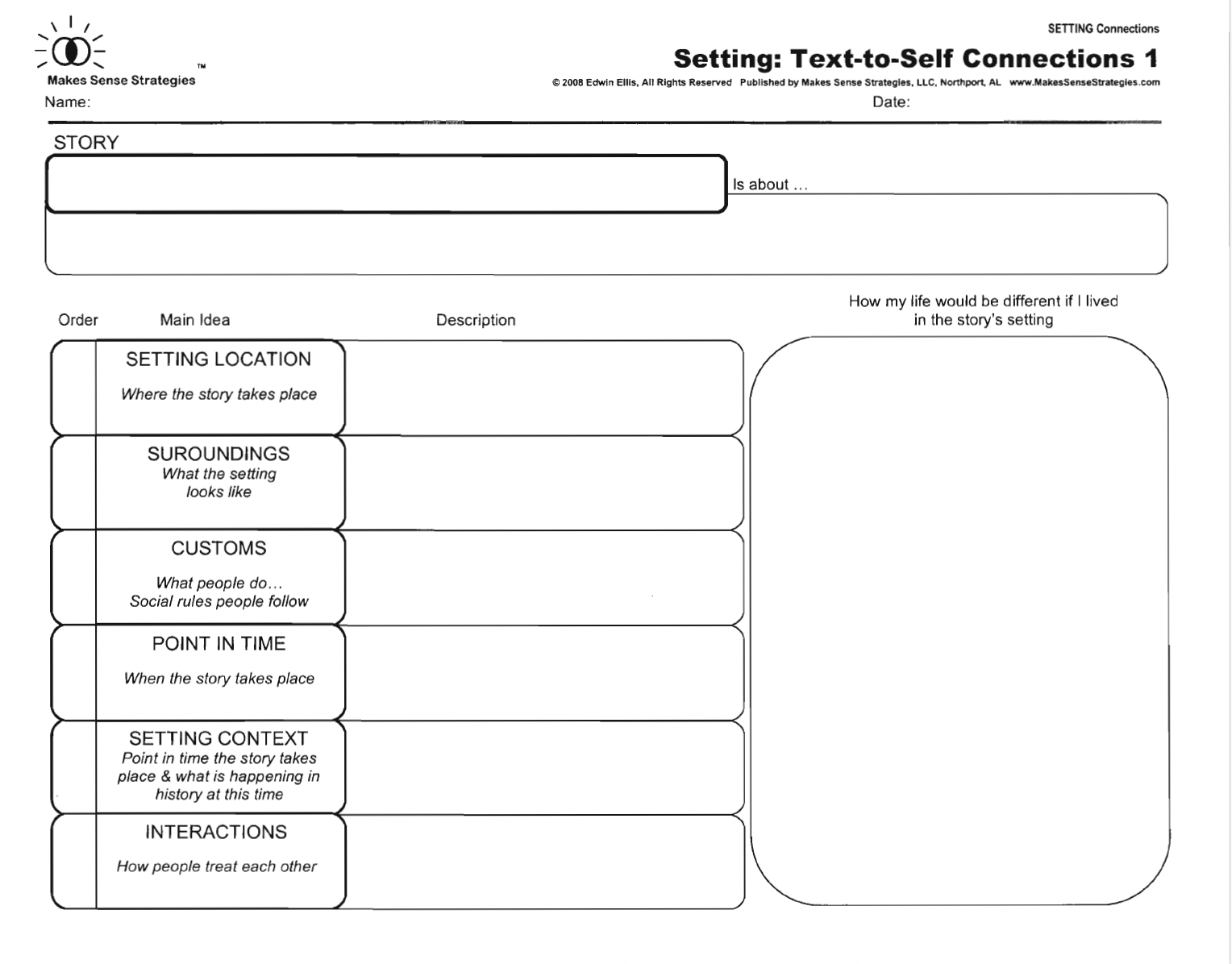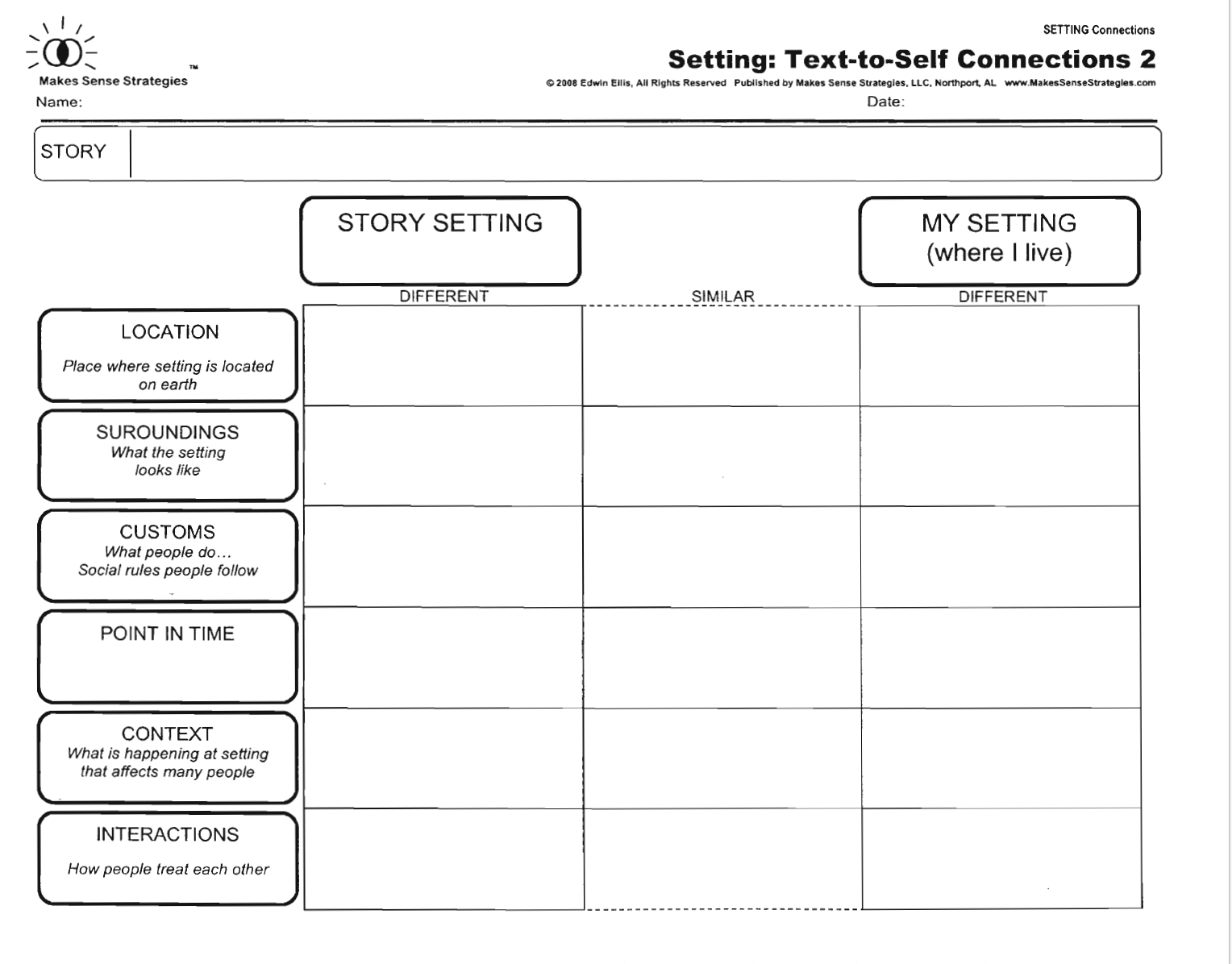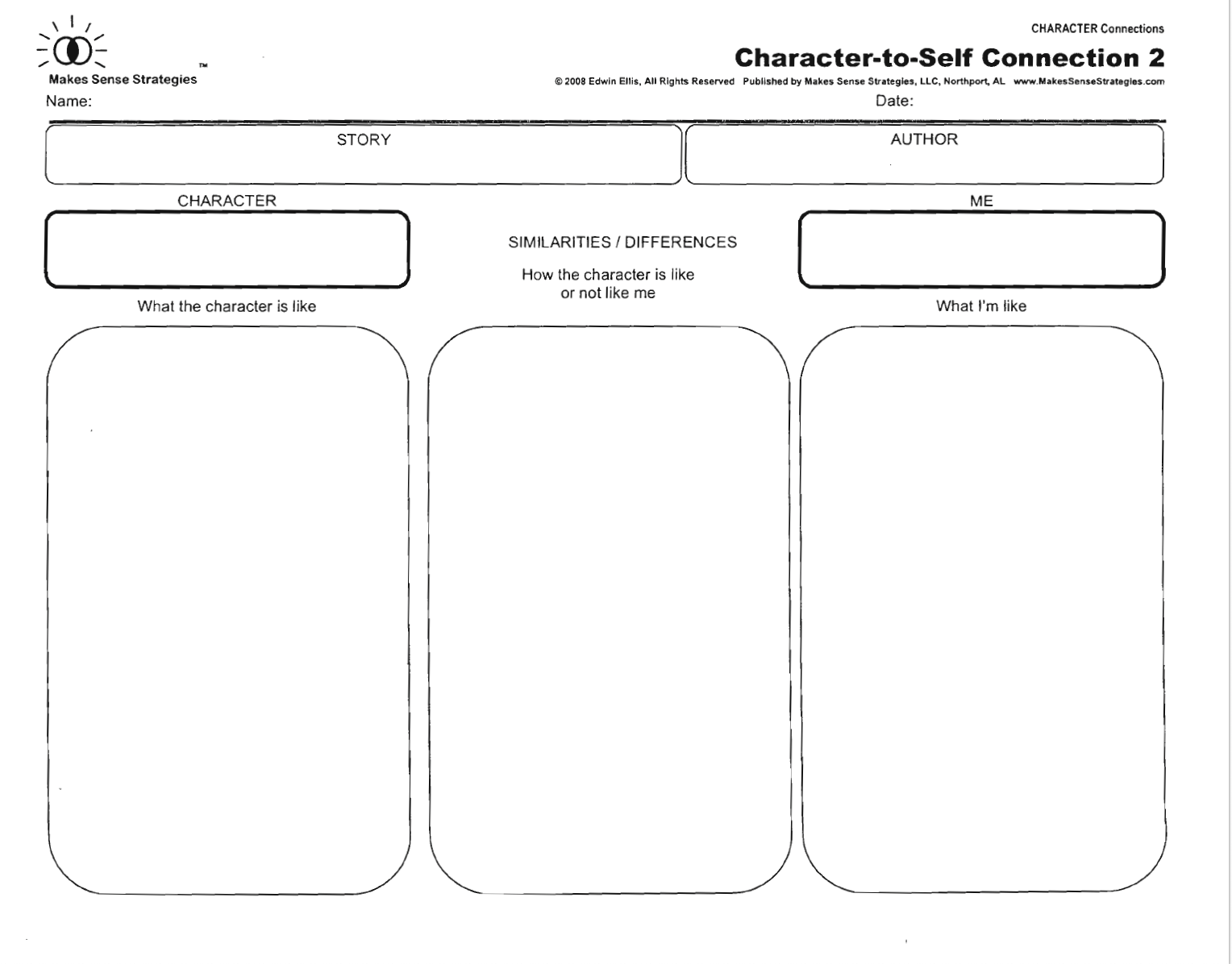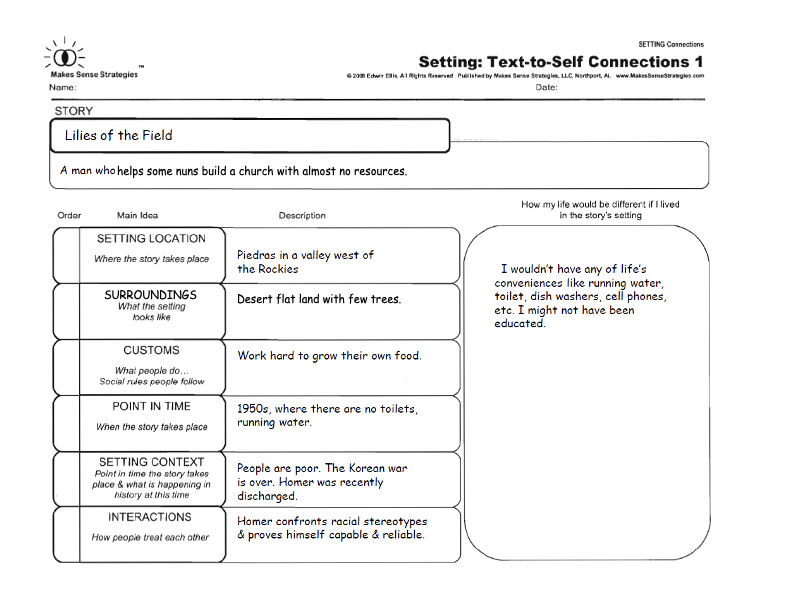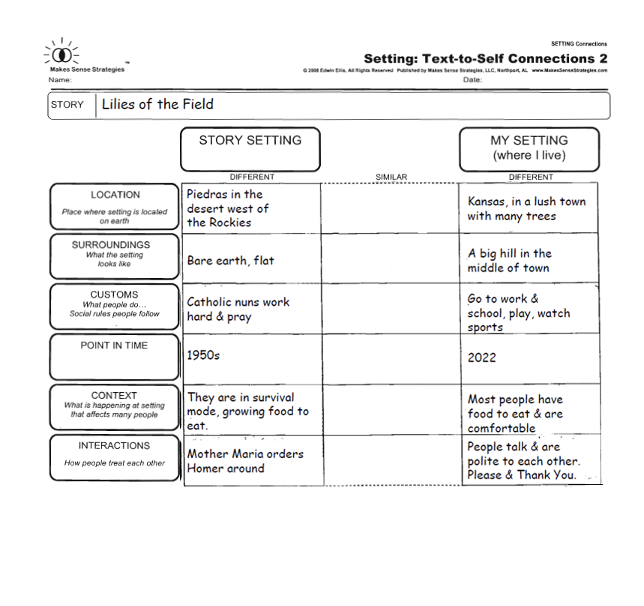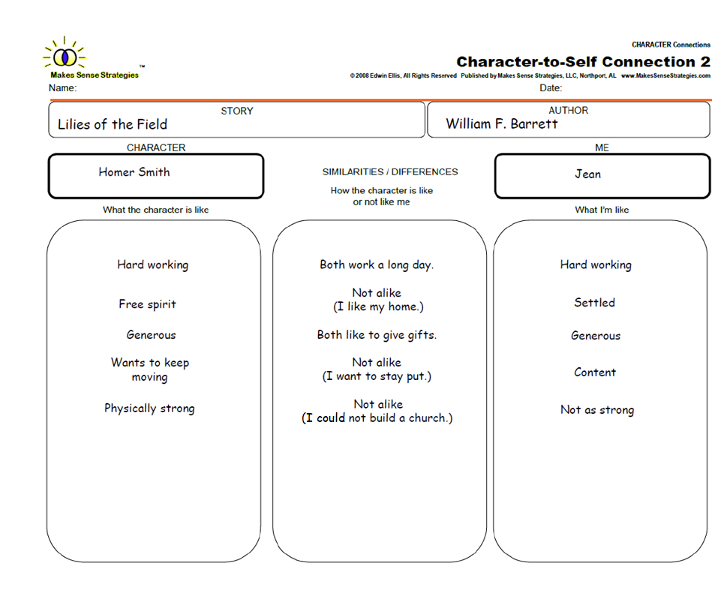In order to connect students to other cultures and compare their own culture with other cultures, Interactive Literary Analysis is used in the Xtreme Reading Program. Interactive Literary Analysis is a way of teaching students about literature and narrative writing. It involves the combination of research-based instructional methods that can improve the way students learn. Such methods include the presentation of information through several modalities (including visual, auditory, verbal, and tactile modalities), the visual representation of abstract ideas, the promotion of high rates of active academic responding, the demonstration and application of cognitive strategies, and the co-creation of knowledge between the instructor and students. These methods are based on the Content Enhancement Approach which has been designed for instruction in inclusive general education courses and shown to be effective through research studies in schools over 35 years (Fisher & Schumaker, 2021; Schumaker & Fisher, 2021).
To visually represent abstract ideas, Smart Sheets can be used. [For example Smart Sheets, see the blank sheets and completed sheets following this explanation.] These are graphic organizers that contain boxes into which teachers and students can write information while constructing information together within an interactive process. To prepare, the teacher fills in the Smart Sheet prior to class but does not show the Smart Sheet to the class. The teacher displays the blank Smart Sheet on a screen and distributes blank Smart Sheets to students. Then the teacher engages the students in an interactive process. The steps of that process are as follows.
• Introduce the Smart Sheet. Here the teacher introduces the Smart Sheet and defines any terms on the Smart Sheet that might be new to the students. The teacher explains how the Smart Sheet will help the students with regard to understanding new concepts and how the students might gain understanding about their and other people’s cultures.
• Ask prompting questions. For each item to be filled in on the Smart Sheet, the teacher asks a prompting question and calls on students to suggest answers. The teacher provides feedback for student answers and fills in the Smart Sheet displayed on the screen based on appropriate student answers. Students also fill in their individual copies of the Smart Sheet.
• Make an assignment. When some of the Smart Sheet is filled in, the teacher can make an assignment for the students to work individually, in pairs, or a group to fill in the rest of the Smart Sheet. For example, students can be asked to fill in the part of the sheet that pertains to themselves and their family’s culture. Then they can be asked to share with the class their thoughts. The teacher can also assign a writing assignment (e.g., Write a paragraph that compares your life to the life of the character).
• Review. When the Smart Sheet is filled in, the teacher asks the students questions to ensure that they understand the cognitive processes that they used to complete the Smart Sheet and to aid their memory and understanding of the information.
When to Use Smart Sheets in the XR Program
First, teachers can integrate Smart Sheets during Guided Reading as the class reads a novel together. The teacher can choose a novel that fits the composition of the class and cultures represented by the students. As the novel is read and information becomes available about the culture represented in the novel, the teacher can go through the steps listed above. At first, the teacher can model for the students how to think about the information and then work with students to co-construct connections between different cultures. Gradually, the teacher can give the students more and more agency in filling out the Smart Sheets and in presenting comparisons between cultures to the class.
Once students understand how to complete the Smart Sheets and the assignments related to them, the teacher can introduce the use of Smart Sheets during the Book Study activity. This activity involves students individually reading four novels per year and completing an activity to demonstrate their knowledge of and understanding of the novel. The Smart Sheets can become one of the activities that the students complete after they read a novel. In this way, students will learn to connect their personal culture to the culture of the characters in the novel. When a student presents the novel to the class, this connection and comparison can be discussed.
| Smart Sheet Templates | |||
| Smart Sheet Examples from Novels |
References
Schumaker, J. B., & Fisher, J. B. (2021). 35 years on the road from research to practice: A review of studies on four Content Enhancement Routines for inclusive subject-area classes, Part I. Learning Disabilities Research & Practice. Advance online publication. 1 -16. https://doi.org/10.1111/ldrp.12258
Fisher, J. B., & Schumaker, J. B. (2021). 35 years on the road from research to practice: A review of studies on four Content Enhancement Routines for inclusive subject-area classes, Part II. Learning Disabilities Research & Practice. 36(3), 1-15. https://doi.org/10.1111/ldrp.12259

